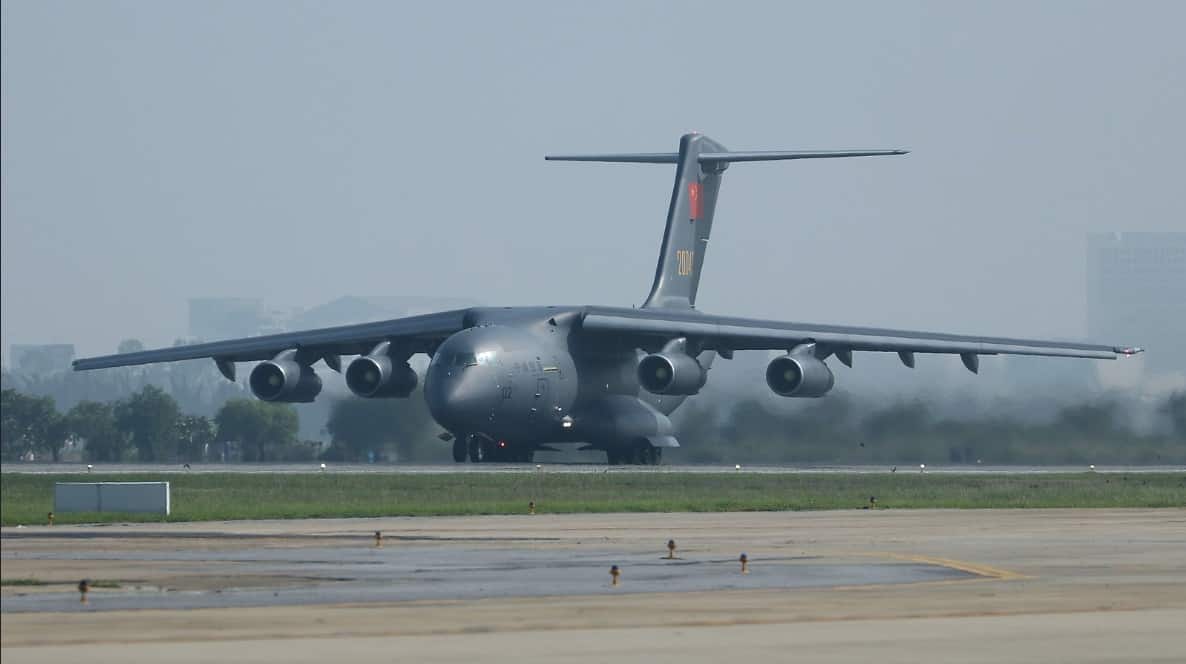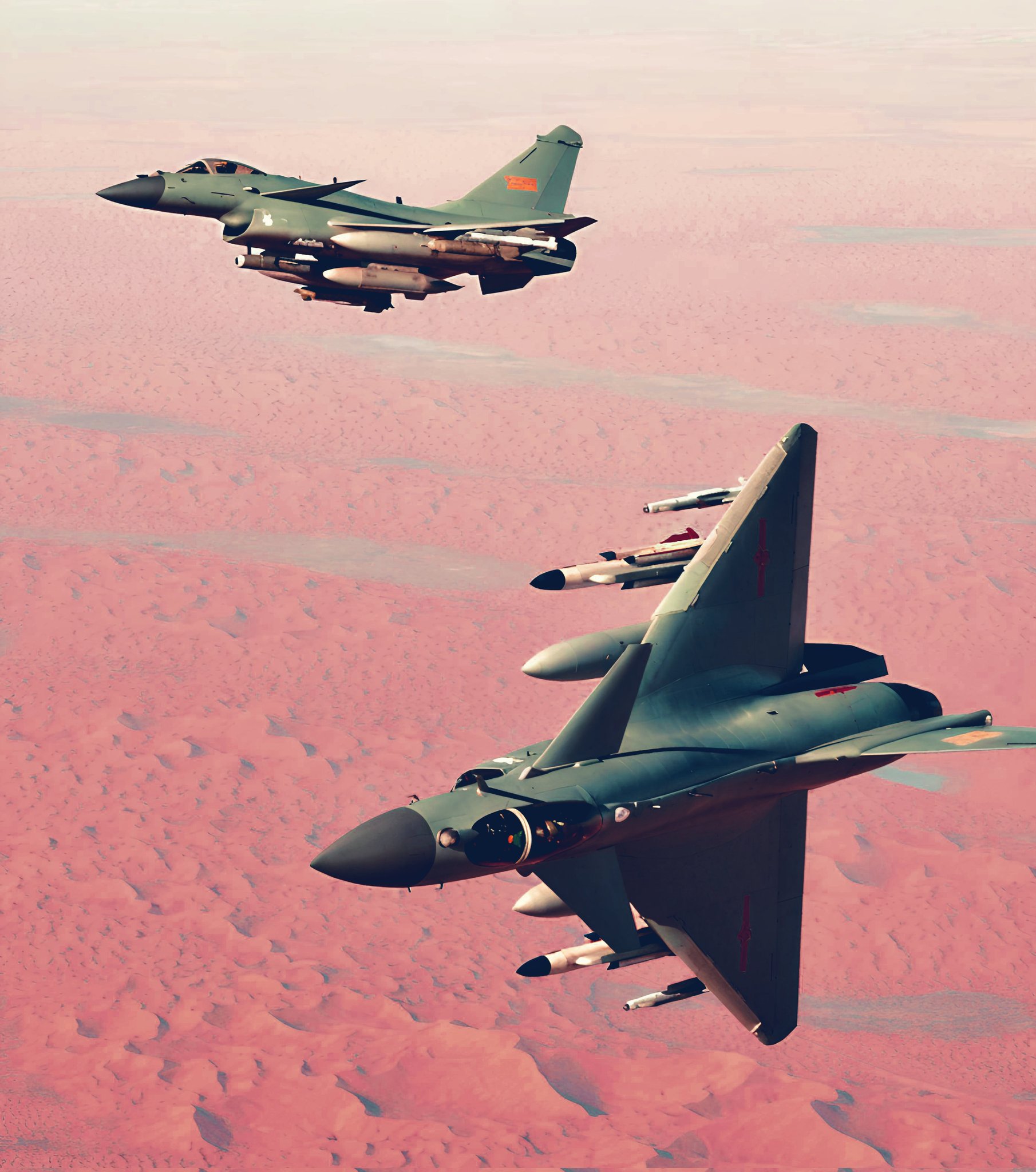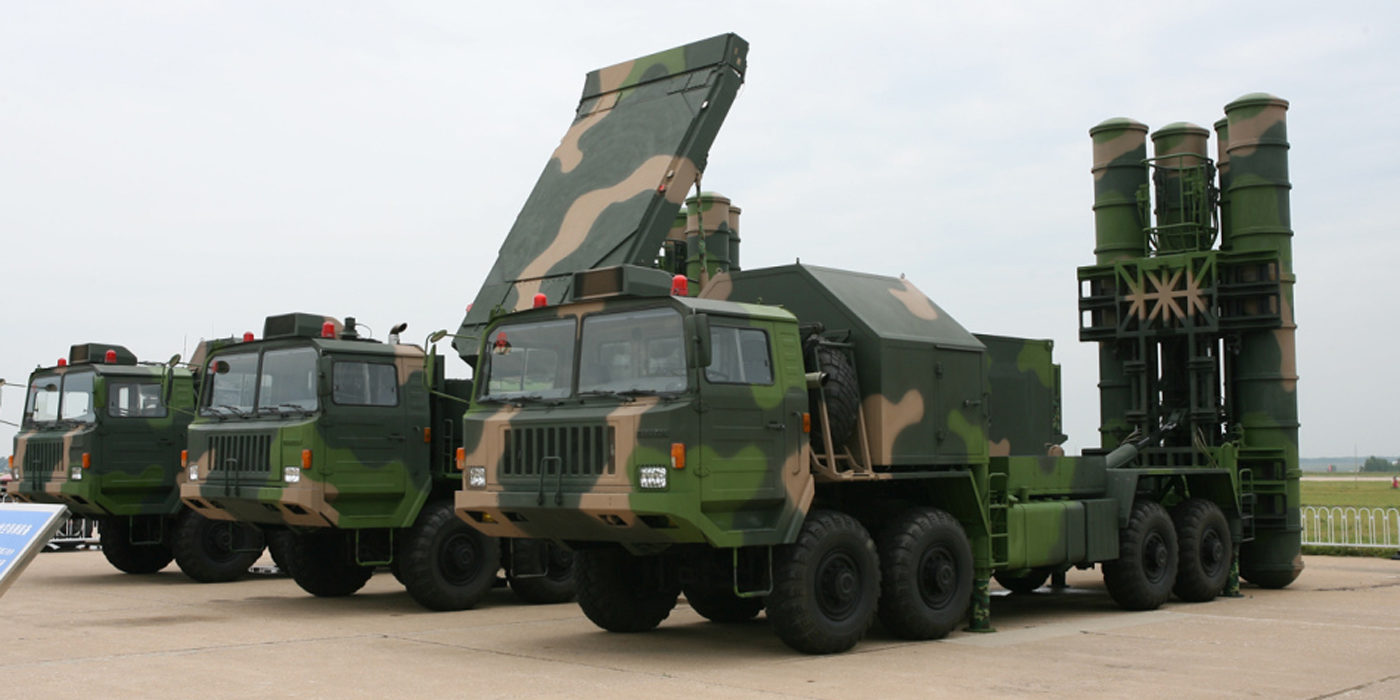Dragon Lands in Cairo: China’s Giant Xian Y-20 Strategic Airlifters Signal Deepening Egypt-Beijing Military Pact
This extraordinary display of Chinese military logistics in a traditionally Western-aligned region has inevitably caused concern among U.S. strategic planners, highlighting a shifting balance in influence and access.
(DEFENCE SECURITY ASIA) — The unexpected arrival of six Chinese Xian Y-20 strategic airlifters in Egypt has ignited intense speculation regarding the classified nature of their cargo, which remains undisclosed by either party.
More than a logistical operation, the flights underscore a deepening defence partnership between Beijing and Cairo, a country long considered one of Washington’s most critical allies in the Middle East.
This extraordinary display of Chinese military logistics in a traditionally Western-aligned region has inevitably caused concern among U.S. strategic planners, highlighting a shifting balance in influence and access.
Open-source intelligence (OSINT) analysts tracked the aircraft via publicly available flight monitoring platforms such as FlightRadar24, noting their route from China through a technical stop in Dubai before landing on Egyptian soil.
The Xian Y-20, developed by Xi’an Aircraft Industrial Corporation under AVIC, represents a transformative leap in China’s ability to execute global power projection through strategic airlift capabilities.
Engineered for large-scale logistics, the Y-20 is capable of transporting mechanised units, artillery, armoured vehicles, and humanitarian aid across continents, serving as the logistical backbone of the PLAAF’s expeditionary ambitions.
With a maximum payload capacity of 66 tonnes, a length of 47 metres, and a wingspan of 50 metres, the Y-20 can deploy critical assets deep into contested or remote theatres.

Its unrefuelled range of approximately 7,800 kilometres allows for intercontinental missions across Asia, Africa, and the Middle East, providing China with a credible means to sustain overseas operations and influence.
Designed with a rear cargo ramp and internal winching system, the Y-20 is optimised for rapid loading and offloading, a critical feature during disaster response or high-tempo military operations.
Recent variants, including the Y-20U aerial refuelling tanker and proposed amphibious and medevac versions, illustrate China’s intent to expand the aircraft’s mission profile across multi-domain warfare scenarios.
As an indigenously designed platform, the Y-20 also symbolises China’s rise as a peer competitor in global aerospace, aligning industrial capability with military doctrine.
Egypt’s deepening military alignment with China marks a strategic recalibration in its defence posture, driven by a desire to diversify arms sources and reduce dependency on U.S. and European systems.
Since 2025, bilateral relations between Egypt and China have entered what officials have called a “Golden Decade,” characterised by growing military-technical cooperation, joint exercises, and large-scale arms deals.

A centrepiece of this new alignment is Egypt’s acquisition of the Chengdu J-10C, a 4.5-generation multirole fighter jet, which began delivery to the Egyptian Air Force in early 2025.
Reports from February confirmed the arrival of initial batches of the J-10CE, the export variant of the J-10C, equipped with the PL-15 beyond-visual-range (BVR) air-to-air missile—a weapon designed to challenge the dominance of Western air combat systems.
Chinese aerospace observer Hurin highlighted the deployment of these aircraft on platform X, sharing imagery of two J-10CEs in active service with Egyptian markings.
Cairo is reportedly aiming to procure up to 40 J-10CEs, marking a significant shift away from legacy U.S.-supplied F-16s and signalling a broader doctrinal transformation within Egypt’s tactical airpower strategy.
The J-10CE, built by Chengdu Aircraft Corporation, shares its airframe and avionics lineage with China’s frontline air superiority fighters and has seen combat demonstrations by China’s elite “August 1st” aerobatics team.
Egypt’s decision to select the J-10C was reportedly finalised in September 2024 and widely interpreted as a rebuke of long-standing American reluctance to supply Cairo with more advanced systems.

Though Egypt’s Ministry of Defense has yet to publicly confirm the full scope of the procurement, international and local media outlets have already reported the deal as concluded.
Initial indications of Egypt’s interest in the J-10C date back to LIMA 2023 in Malaysia, where high-level defence discussions between Egyptian and Chinese officials reportedly took place.
At the same event, China’s August 1st team performed in J-10Cs, offering Egyptian decision-makers a first-hand view of the aircraft’s agility and combat manoeuvrability.
By July 2024, China had formally presented its offer to Egypt during a state visit by Egyptian Air Force Commander General Mahmoud Fouad Abdel Gawaad to Beijing, hosted by General Chang Dingqiu.
Egyptian military statements described the visit as a reaffirmation of Cairo’s intent to bolster its defence partnership with China, particularly in cutting-edge aerospace technologies.
During the visit, General Fouad was hosted at Tangshan Air Base, where his delegation was given an aerial display of the J-10C’s full mission envelope—a clear gesture of strategic courtship by Beijing.

Beyond combat aviation, Egypt has also integrated Chinese-made air defence systems into its force structure, most notably the HQ-9B long-range surface-to-air missile (SAM) system.
Comparable in many respects to Russia’s S-400, the HQ-9B was developed by China Aerospace Science and Industry Corporation (CASIC) to provide multi-layered air defence against a spectrum of threats.
With an engagement range of up to 300 kilometres and an altitude ceiling of 30 kilometres, the HQ-9B offers area denial capabilities essential for protecting critical infrastructure and urban centres.
Its radar suite, based on active phased array technology, enables simultaneous engagement of multiple airborne targets while withstanding jamming and electronic countermeasures.
The missile system relies on a hybrid guidance package that includes inertial navigation with mid-course corrections and terminal-phase active radar homing, maximising hit probability.
The HQ-9B’s presence in Egypt not only boosts Cairo’s air defence architecture but also signals a broader willingness to embrace non-Western alternatives in high-stakes security domains.

This shift complements Egypt’s acquisition of the Wing Loong-1D unmanned combat aerial vehicle (UCAV), which provides a cost-effective, long-endurance platform for precision strikes and ISR missions.
The Wing Loong-1D rivals the U.S.-built MQ-9 Reaper in performance but comes with fewer export restrictions and lower procurement costs.
Egypt has further expanded its unmanned capabilities through localised production of the ASN-209 tactical UAV, developed with Chinese support—a move that reinforces industrial cooperation between the two countries.
Military ties between Cairo and Beijing also extend to the maritime domain, with the first joint naval drills held in 2015, laying the groundwork for future interoperability in regional maritime security.
Taken in totality, Egypt’s growing defence relationship with China illustrates a profound reconfiguration of Middle Eastern strategic alliances, as regional powers seek to assert greater autonomy amid a multipolar global order.
— DEFENCE SECURITY ASIA


